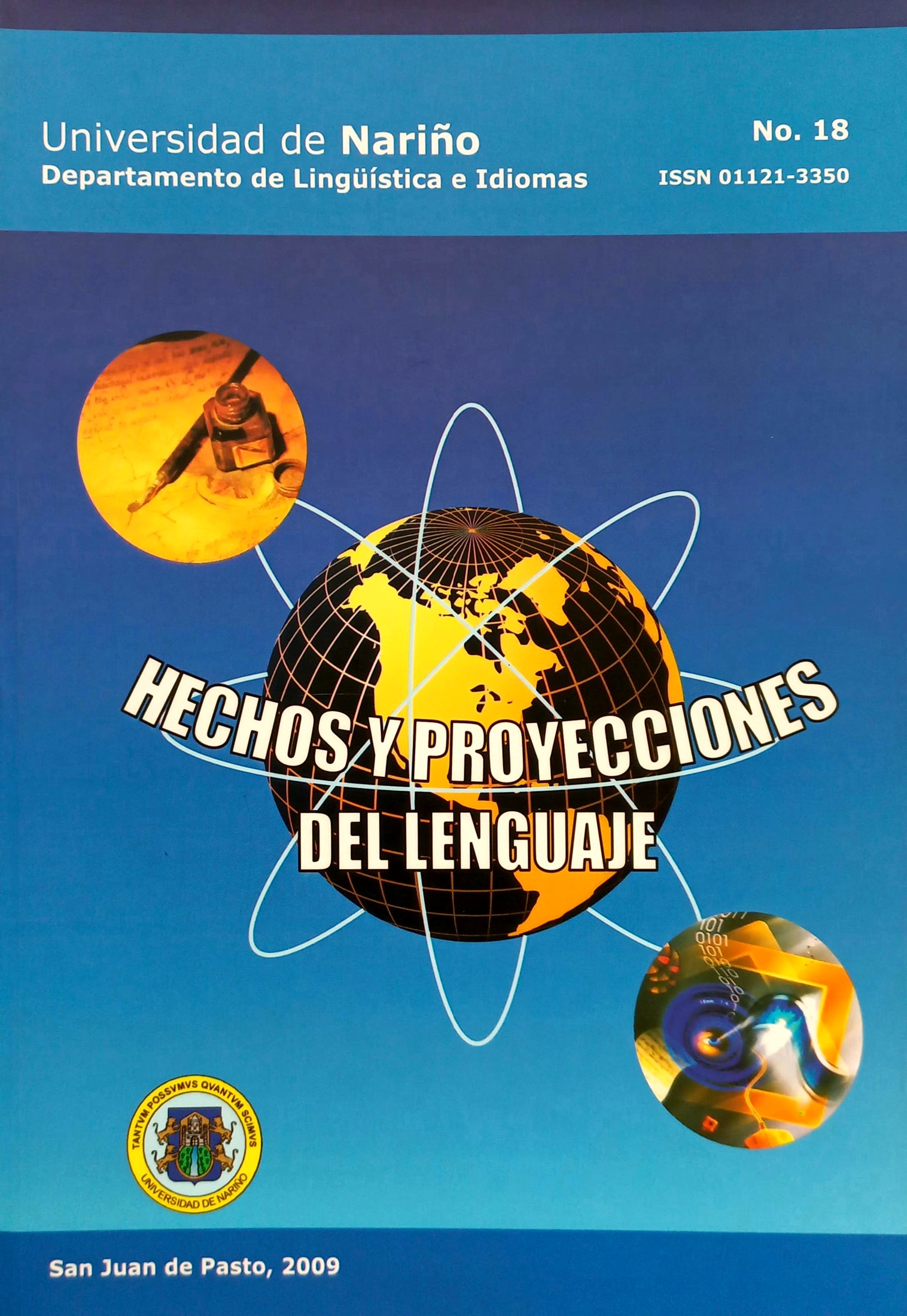“EL DIABLO” Y OTROS RELATOS DE UNA COMUNIDAD AFROCOLOMBIANA
Resumen
Resumen
Entre los miembros de una comunidad afrocolombiana que habita en las riberas del río Cauca, cerca de la ciudad de Cali, escuché un cuento que da fe sobre la existencia de un personaje a quien le atribuyen la capacidad sobrenatural de volverse invisible. Cualidad que logra gracias a los poderes de una oración que pronuncia cada vez que hace un robo o cualquier fechoría lucrativa; con el atenuante de que gran parte de sus ganancias las regala a las personas más necesitadas del lugar.
Para los que narran sobre los poderes mágicos de la bruja
“car’epájaro” y para los que se refieren a las prácticas eróticas
de “Chilita” en los bailes del currulao, el mapalé y el berejú, se necesita “creer para ver” –distinta de la conocida expresión “ver para creer”–; no por otra razón se podría afirmar que “en la costa del Pacífico, tanto las enfermedades como las curaciones tienen un sentido social que va más allá de lo que se ha creído como realidad conocida”.
Por tanto, a través de estos cuentos que pertenecen a dicha comunidad, se puede apreciar el “alma colectiva” de la etnia afrocolombiana; lo que puede conducir a pensar que si las distintas etnias conocen y respetan sus tradiciones, se puede crear una especie de convivencia en el entendimiento y respeto mutuos.
Abstract
Between the members of a community “afrocolombiana” that lives in the Cauca river bank, near the city of Cali, I listened to a tale that gives faith on the existence of a character to whom it is given the attribute of having the supernatural capacity of becoming invisible. This quality is attained thanks to the powers of a prayer that pronounces each time he robs or does some lucrative misdeed; with the bonus that a big part of his gains is given to the most needed people of the place.
For those who narrate the magic powers of the witch “car’epájaro” and for those who refer to the erotic practices of “Chilita” in the dances of the ‘currulao’, ‘mapalé’ and the‘berejú’, it is necessary “believe to see”, which is different
from the known expression “see to believe”. We could affirm that in the coast of the Pacific both the illnesses like the cures have a social sense that goes further of what has been believed like a known reality.
Therefore, through these tales that belong to this community, we can appreciate the “collective soul” of the africancolombian etnia, which can lead to think that if the distinct etnias know and respect their traditions, they can create something like a coexistence of an understanding and a mutual respect.


